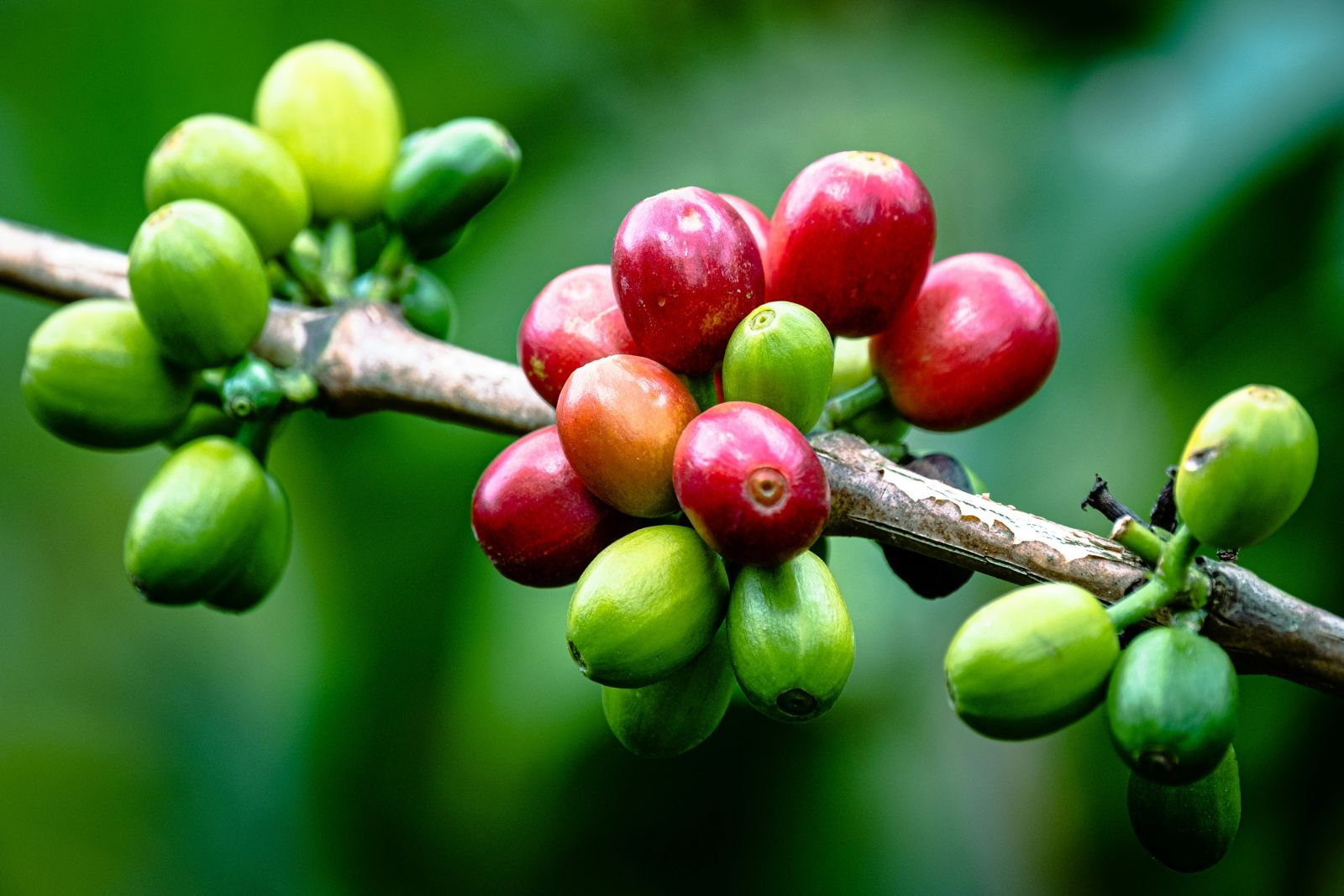
December arabica coffee (KCZ25) today is down -4.90 (-1.23%), and November ICE robusta coffee (RMX25) is up +20 (+0.45%).
Coffee prices gave up an early advance today and turned mixed, with arabica retreating from a 4-week high. Updated weather forecasts are calling for rain later this week in Brazil's coffee-growing regions, sparking a surge in liquidation of coffee futures.
Arabica coffee prices initially rose to a 4-week high today due to indications of severe dry conditions in Brazil's primary coffee-growing region. Somar Meteorologia reported Monday that Brazil's largest arabica coffee-growing area, Minas Gerais, received 20.2 mm of rain during the week ended October 11, or 48% of the historical average. The dry weather has sparked concerns about the crop during the critical flowering phase of Brazil's 2026/27 coffee crop.
Coffee prices also have support due to shrinking ICE coffee inventories. The 50% tariffs imposed on US imports from Brazil have led to a sharp drawdown in ICE coffee inventories, a bullish factor for coffee prices. ICE-monitored arabica inventories fell to a 1.5-year low of 496,808 bags on Tuesday, and ICE robusta coffee inventories today fell to a 2.75-month low of 6,200 lots. American buyers are voiding new contracts for purchases of Brazilian coffee beans due to the 50% tariffs imposed on US imports from Brazil, thereby tightening US supplies, as about a third of America's unroasted coffee comes from Brazil.
Coffee prices also garnered support after the National Oceanic and Atmospheric Administration (NOAA) on September 16 increased the likelihood of a La Niña weather system in the southern hemisphere from October to December to 71%, which could bring excessive dry weather to Brazil and harm the 2026/27 coffee crop. Brazil is the world's largest producer of arabica coffee.
Abundant rain in Vietnam is bearish for robusta coffee prices. Vietnam's Central Highlands, the country's major coffee-producing region, is expected to receive above-average rainfall through October 20, which should support crop development and coffee yields. The Dak Lak province, the country's largest coffee-growing area, is forecast to get 70 mm of rain over the next week compared with a historical average of 61.3 mm.
Robusta coffee is also under pressure due to an increase in coffee supplies from Vietnam. The Vietnam National Statistics Office reported Monday that Vietnam's Jan-Sep 2025 coffee exports were up +10.9% y/y to 1.230 MMT.
Stronger coffee exports are bearish for prices after the International Coffee Organization (ICO) reported last Monday that global coffee exports for the current marketing year (Oct-Aug) rose +0.2% y/y to 127.92 million bags, indicating adequate exports and supplies.
Coffee prices found support after Conab, Brazil's crop forecasting agency, cut its Brazil 2025 arabica coffee crop estimate on September 4 by -4.9% to 35.2 million bags from a May forecast of 37.0 million bags. Conab also reduced its total Brazil 2025 coffee production estimate by 0.9% to 55.2 million bags, from a May estimate of 55.7 million bags.
A bumper robusta coffee crop in Vietnam is bearish for prices. Vietnam's 2025/26 coffee production is expected to climb +6% y/y to 1.76 MMT, or 29.4 million bags, a 4-year high. Vietnam is the world's largest producer of robusta coffee.
The USDA's Foreign Agriculture Service (FAS) projected on June 25 that world coffee production in 2025/26 will increase by +2.5% y/y to a record 178.68 million bags, with a -1.7% decrease in arabica production to 97.022 million bags and a +7.9% increase in robusta production to 81.658 million bags. FAS forecasted that Brazil's 2025/26 coffee production will increase by +0.5% y/y to 65 million bags and that Vietnam's 2025/26 coffee output will rise by 6.9% y/y to a 4-year high of 31 million bags. FAS forecasts that 2025/26 ending stocks will climb by +4.9% to 22.819 million bags from 21.752 million bags in 2024/25. However, Volcafe is projecting a global 2025/26 arabica coffee deficit of -8.5 million bags, wider than the -5.5 million bag deficit for 2024/25 and the fifth consecutive year of deficits.







